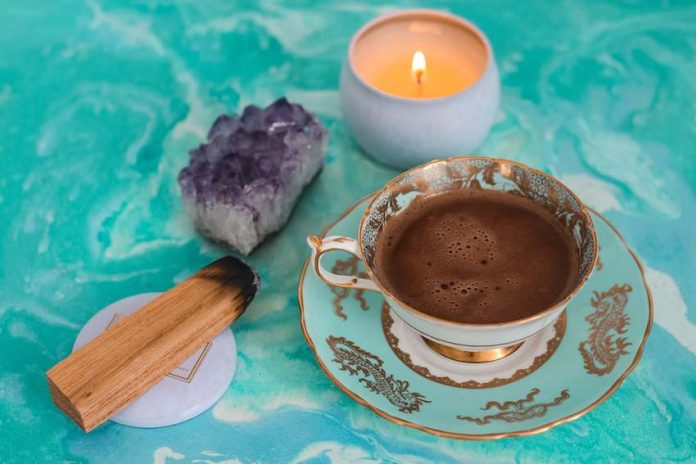As we explore the realm of natural wonders and human traditions, we find a beautiful ritual for those seeking a transformative soul experience:a cacao ceremony. This plant medicine, shared in a circle with others, has been said to open the heart, help heal emotional wounds, and tap into your intuition.
No, I’m not talking about the average chocolate bar – this is a whole other level of cocoa goodness. Cacao ceremonies are a shamanic journey designed to help participants develop a profound connection with their higher selves.
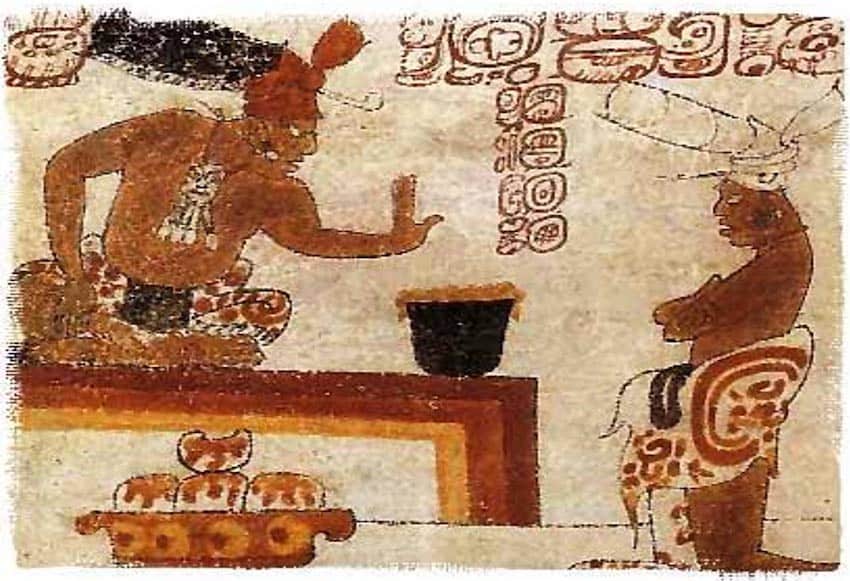
Picture a ritualistic gathering, a symphony of intentions and energies converging in a circle, orchestrated by skillful guides. There, the participants drink a beverage prepared with ceremonial-grade cacao and water. Then, the group is led through spiritual practices, encompassing the vibration of chants, meditation and breathwork.
What truly lies behind this ceremony? Allow me to take you back 3,000 years to the heartland of Mesoamerica, where cacao seeds had a sacred status and were revered as a gift from the gods.
Archaeological evidence credits the Olmecs for the earliest domestication of cacao plants around 1500 B.C., when humans first fell in love with cacao’s uplifting and revitalizing powers, consumed as a drink. In fact, the word “chocolate” comes from the Classical Nahuatl word xocolātl, meaning bitter (xoco) water (atl).
The Maya also regarded the bean as sacred, calling it “Ka’kau,” or food of the gods. Thought to have been used in the creation of humans, Maya depictions of cacao show gods sprouting from the bean pods. They gathered once a year to give thanks to Ek Chuah, the god of cacao, and honored the plant as a giver of strength, energy and courage, as well as a bridge to communicating with the divine.
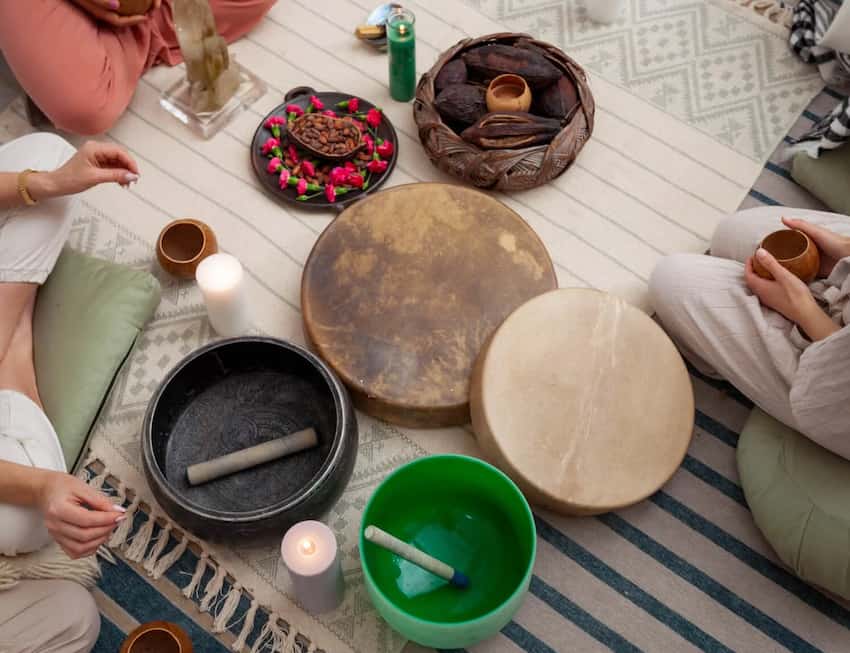
It was the Maya who developed the meticulous process of fermenting, drying, roasting, unshelling and grinding the nibs to create cacao paste, the process through which modern-day chocolate is made. Once the Mexica (or Aztecs) adopted cacao, it became a form of currency. Highly valuable, cacao drinks were mainly reserved for the male nobility and religious ceremonies, in which the liquid was poured from one vessel to another to create a frothy drink.
In modern times, ceremonial cacao is considered to be different from other cacao. Heirloom strains of cocoa beans are organically and ethically grown in Central and South America to preserve the essence and phytochemicals for spiritual practice. Upon harvesting, the beans are processed and diluted in water to create a drink which can be flavored with natural sweeteners and spices, but never with refined sugar.
Cacao’s effects on the body and mind have been the subject of scientific research. Friendly with the brain’s “feel-good” chemicals such as serotonin, the theobromine phytochemical found in cacao is a stimulant related to caffeine. Other chemical compounds in cacao have a molecular structure that mimics the effects of cannabinoids.
Theobromine may have nootropic effects, stimulating brain activity and for those who take it ritually, a gentle ascent to realms of elevated consciousness.
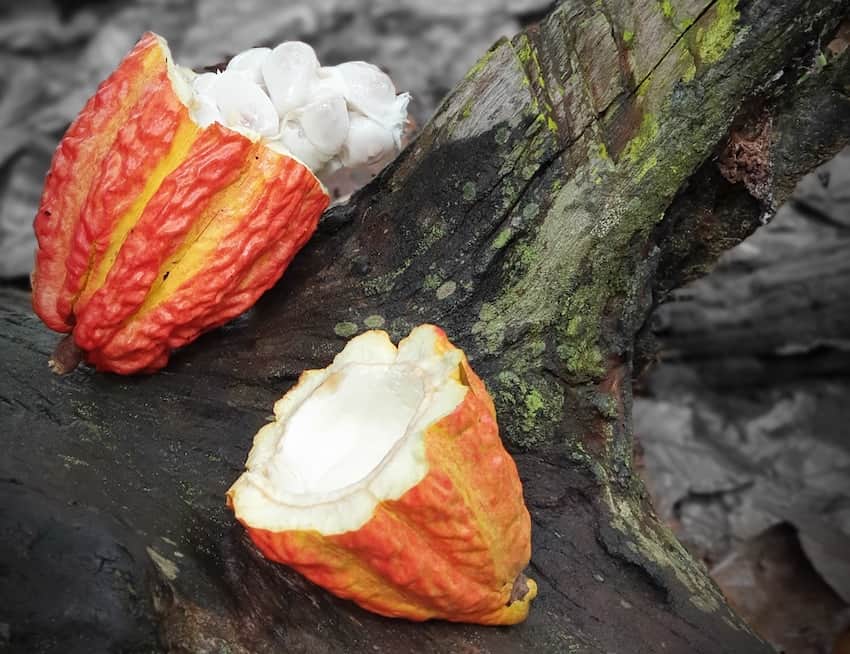
But this journey transcends mere chemical reactions. Within the sacred circle, the ancient wisdom of cacao beckons us to rediscover compassion and beauty within ourselves.
For those who seek the ultimate depth, a full ceremonial dose of cacao, reserved for shamanic rituals, ranges between 40g-50g. This experience can be likened to a state between the mundane and the mystical. When combined with intention and support, it will take you on a soulful voyage.
The magic of cacao can also serve as a gentle aid for integrating a psychedelic experience. Some psychonauts who journey with psilocybin say they find solace in cacao, as it eases anxiety during challenging episodes.
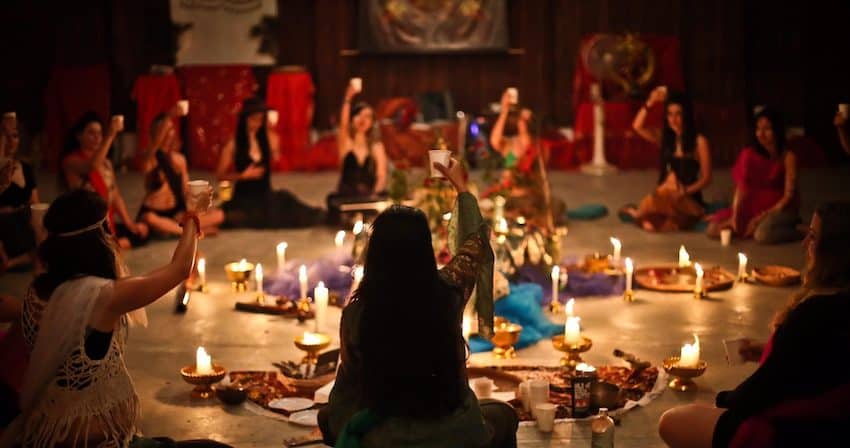
While not as intense as psychedelics, the compounds in cacao, combined with ritual and intention, can lead to personal growth and healing. As we gather for a cacao ceremony, we create an embracing space of peer support with fellow voyagers.
The elixir warms the soul, and in its depths, we can find ourselves present, stripped of distractions, bearing our innermost truths. Intentions are set from the start, to which the spirit of cacao answers with whispers of guidance that resonate through the chambers of the heart.
Sandra is a Mexican writer and translator based in San Miguel de Allende who specializes in mental health and humanitarian aid. She believes in the power of language to foster compassion and understanding across cultures. She can be reached at: [email protected]
